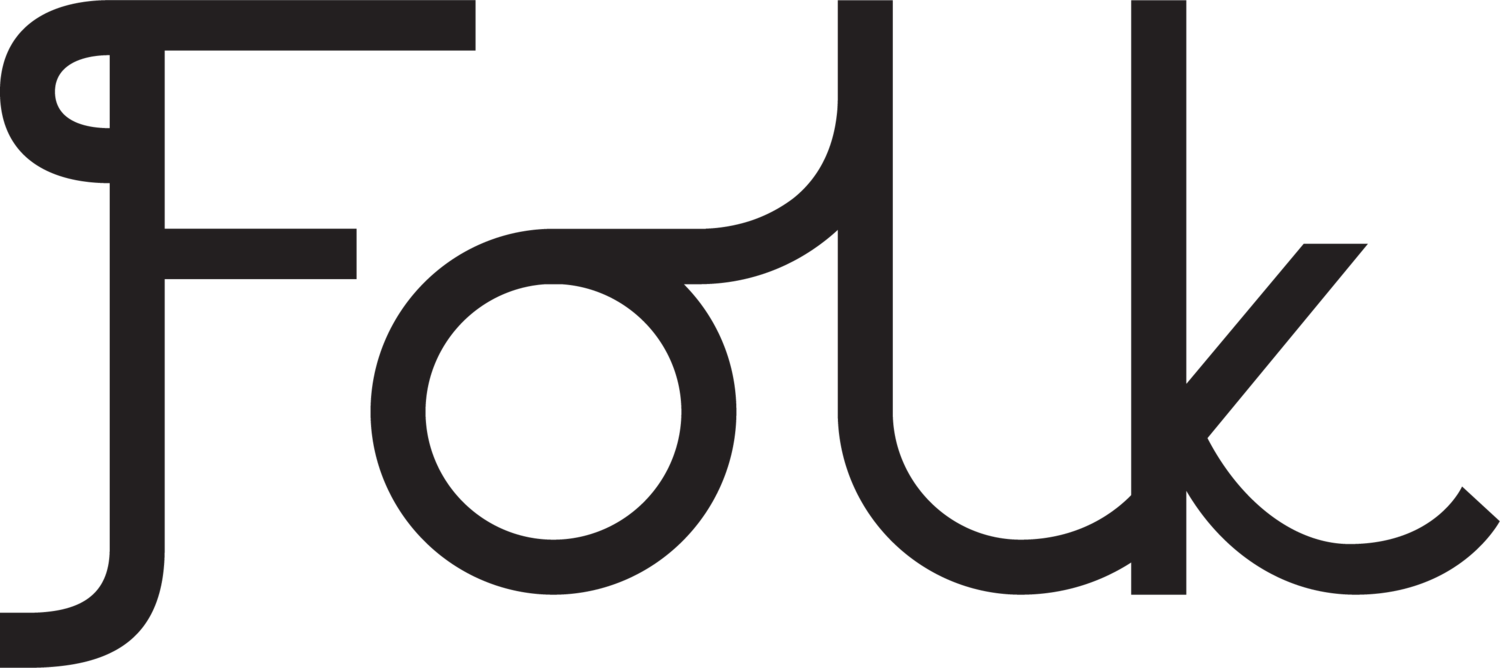Flat design; the trend where simplicity is key. Clean lines, simple shapes and block colour - everything has been boiled down to its simplest form, eradicating the unnecessary gradients and textures trying endlessly to bring a sense of reality to websites.
Before this move toward flatter, simplified interfaces, skeuomorphic interfaces were seen as the key to an effective UI.
Designers would often look to imitate textures, functionality and limitations of actual-world objects in order for the user to gain a sense of familiarity, recognising objects and visual cues to navigate and use particular functions.
This year has seen flat design explode into the mainstream, with Windows8 at the forefront of the trend - simplifying the user experience with the use of easily identifiable icons and blocks of solid colour separating their attributes. The look is clean, modern and - importantly for online retailers - easier to use.
Following their launch, it was only a matter of time until the likes of Apple considered whether or not they should follow suit.
Then low and behold, Apple's latest offering of software saw a clear transition from the usual, skeuomorphic approach to a simpler, slicker, appearance.
So, why the mass transition?
Granted it looks a lot cleaner, but why was this skeuomorphic design the original approach in the first place?
Well, with the advances of mobile technology, smartphones, tablets, etc., a person's exposure to technology is obviously increasing.
When this technology was initially introduced - way back when - most people had not experienced anything like it, making it essential that the functionality of the technology looked similar to real life.
However, the increasing familiarisation with technology allows for the simplification of these interfaces, allowing for an overall cleaner aesthetic.
Flat design is about being able to communicate clearly and make stuff look nice; but can this be transferred to e-commerce?
In my opinion, and the opinion of us here at Folk, it already has.
As is the case with most aspects of design, some brands implement the style better than others (I have wondered if I'm placing my items into a shopping bag or a giant pad lock a few times), but generally I'd rather that than some poorly-executed gradient and texture-filled mess.
Quality of design is crucial within e-commerce, as people invest their trust with retailers. If something looks a little out of place, it really can be the difference between purchase or exit screen.
E-commerce sites need to be clear, direct and easy to use.
Trust is lost much quicker than it is gained.
Looking forward, there will come a point where our need to simplify as designers may get the better of us, to the point where some icons and interfaces will become too minimal, and confusing.
I don't think we will ever return to skeuomorphism to the point that we'll replicate real life objects again. If anything, the use of interactive video will replace that need, but that's another conversation altogether...
- Dan
